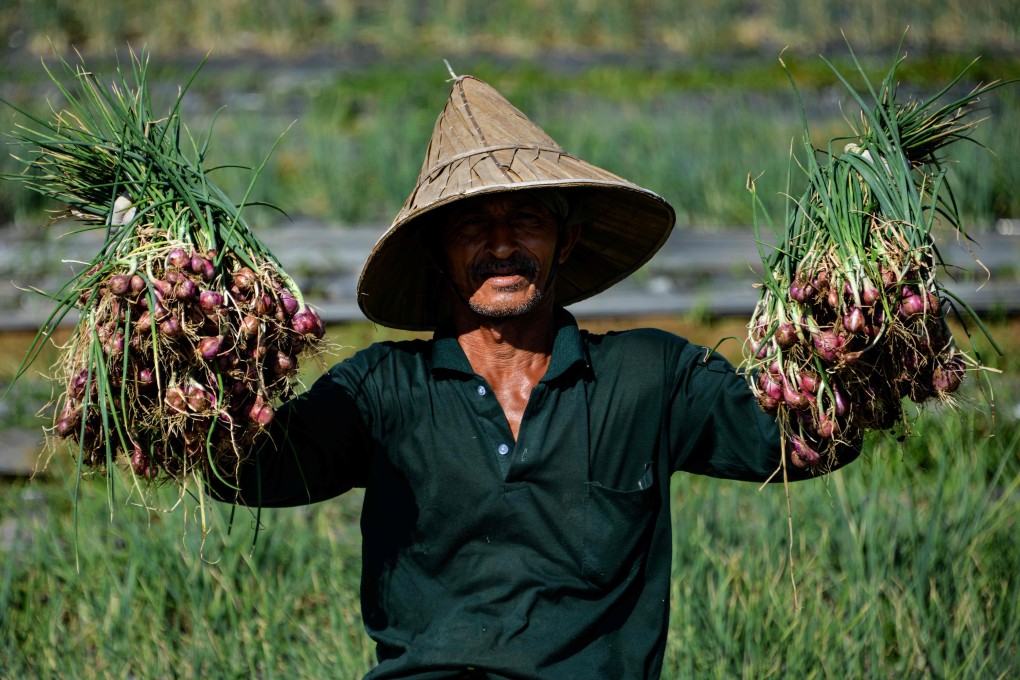Opinion | To feed a hungry nation, Indonesia can follow China’s blueprint
- Despite seeing solid economic growth over the past decade, Indonesia still cannot meet the food needs of nearly 20 million people
- Jakarta can close the gap by following China’s model for land use and by introducing technological advances and institutional reforms

While China has been able to minimise poverty through the implementation of its programmes, Indonesia has not been as effective, ranking 62nd out of 113 countries on the Economist Intelligence Unit’s Global Food Security Index, which measures food security globally.
Although the country has experienced solid economic growth over the past decade, averaging 4.9 to 5.3 per cent annually, the World Food Programme has reported that 19.4 million people there are not able to meet their daily food needs, and many more suffer from daily hunger.
Indonesia also suffers greatly from land degradation. The Ministry of Environment has estimated the amount of degraded land at 14 million hectares as of 2019, with the annual rate of soil erosion growth estimated to be from 7 per cent to 14 per cent.
Making the most of arable land
In China, which has seen its population grow from 650 million in 1960 to an estimated 1.4 billion currently, the government has faced steady pressure to meet food demand by expanding agricultural production through new technologies, institutional changes and market restructuring.

